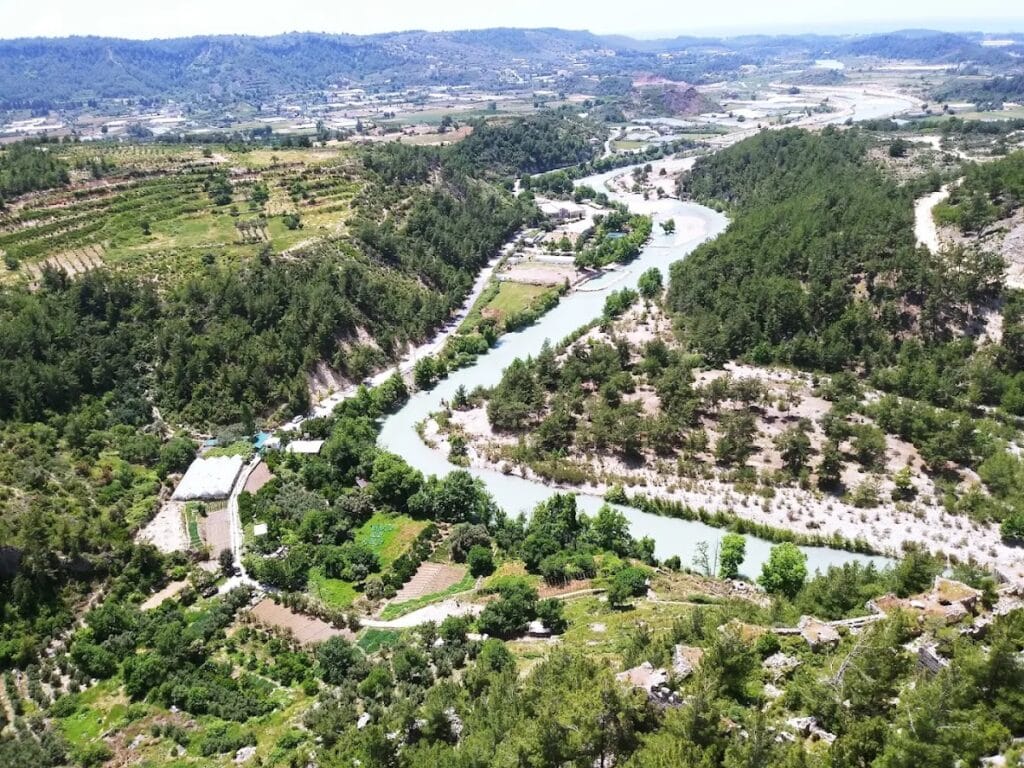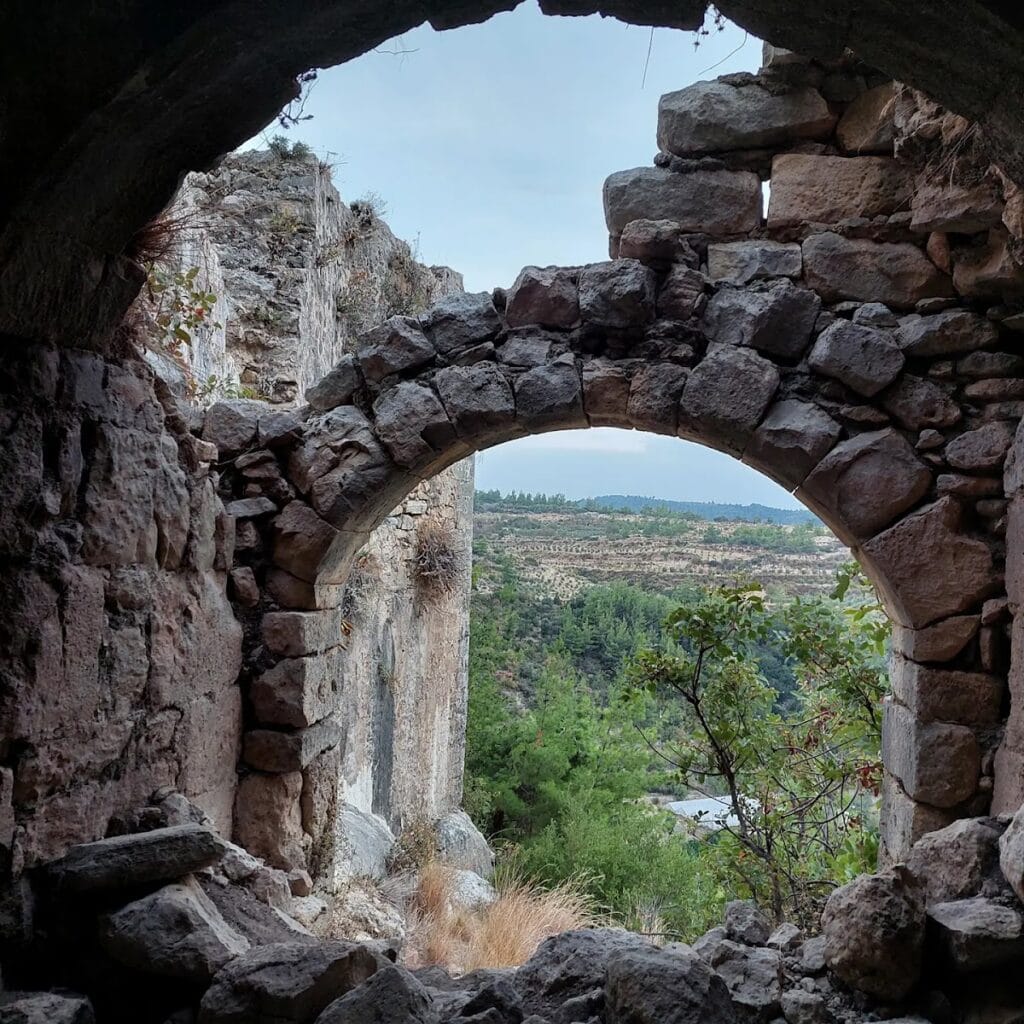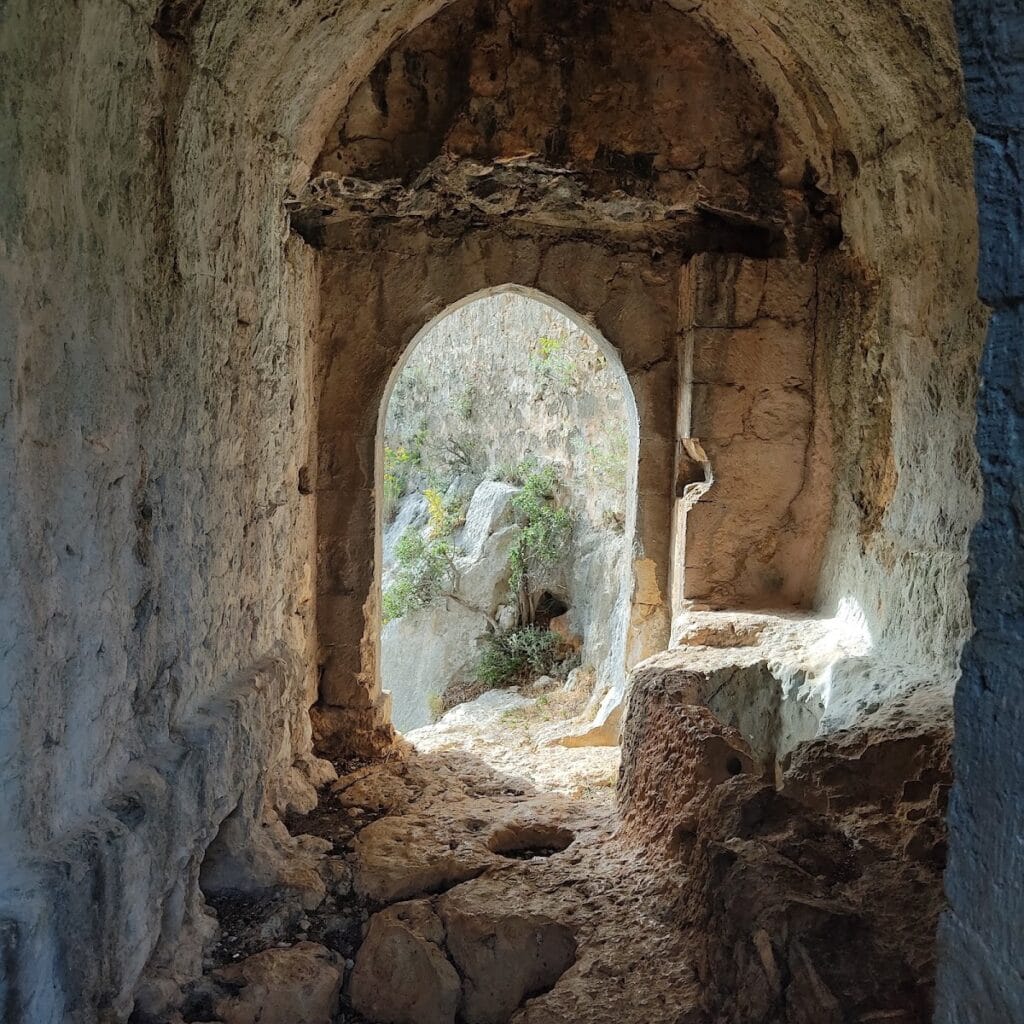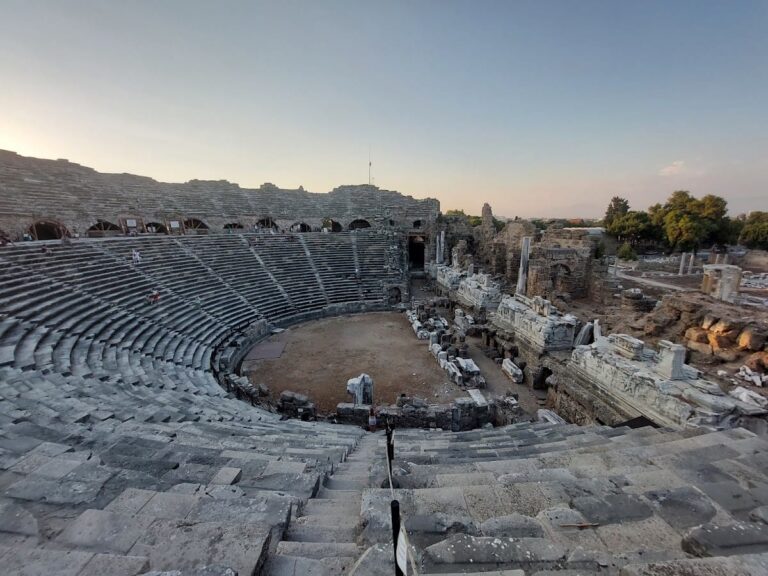Alara Castle: A Historic Fortress in Alanya, Turkey
Visitor Information
Google Rating: 4.6
Popularity: Low
Google Maps: View on Google Maps
Official Website: www.alanya.bel.tr
Country: Turkey
Civilization: Unclassified
Remains: Military
History
Alara Castle is located in the municipality of Alanya in modern-day Turkey. Originally constructed in the 11th century, it was built during the period of the Byzantine Empire. Later, it became a strategic stronghold for the Armenian Kingdom of Cilicia, serving as their western frontier from 1080 to 1375.
During its time under Armenian control, the castle’s main role was to safeguard caravans traveling along the Silk Road, protecting them from bandit raids. Travelers would rest at a nearby caravanserai known as Alarahan before continuing their journey toward the Mediterranean coast. The castle’s position atop a steep rock on the eastern bank of the Alara River made it a formidable defensive site, difficult for enemies to seize.
By the early 13th century, the castle’s ownership shifted when its lord surrendered it around 1231 or 1232 after learning that the Seljuk Sultan Alaeddin Keykubad I had taken nearby Alanya. This event marked a significant change in control, as the Seljuks integrated Alara Castle into their territory. Over time, the castle not only functioned as a military fortress but also housed residential quarters and religious structures, reflecting changes in its use throughout the centuries.
Remains
Alara Castle occupies a commanding position on a steep hill between 200 and 500 meters high, situated 7 kilometers inland from the Mediterranean Sea. It is composed of two main parts: an outer fortress and an inner citadel, entered through a square-shaped tower decorated externally with heraldic emblems painted in a fresco style. Visitors originally reached the interior via a dark staircase carved directly from the rock, containing between 120 and 180 steps. Partway up this staircase lies a cistern, a deep cavity connected to a cave, used historically for storing water.
Inside the citadel, the ruins include a small palace attributed to the Seljuks, rooms that once housed the castle’s personnel, a mosque, and a bathhouse. The bathhouse is notable for its two vaulted chambers: one served as a heated room containing a small hearth, while the other was a cold room with two windows, one of which offers views overlooking a scenic valley. This bathhouse contains rare fresco-style decorations with figurative images, such as a legendary beast positioned above the hearth window and a human figure painted on a wall that is now heavily damaged. These artworks represent a unique example of Anatolian Turkish ornamental style within architecture.
Much of the castle’s interior, including its tunnels and chambers, was carved directly from bedrock, demonstrating a high level of craftsmanship in adapting the natural landscape for defensive and residential purposes. Although the site has suffered from neglect and overgrowth over time, its ruins still convey the complex military, administrative, and domestic functions it served in the past. From its elevated perch, the castle overlooks the Alara River valley and offers views toward a harbor approximately three kilometers away, located at a promontory known as Qaraburun.







